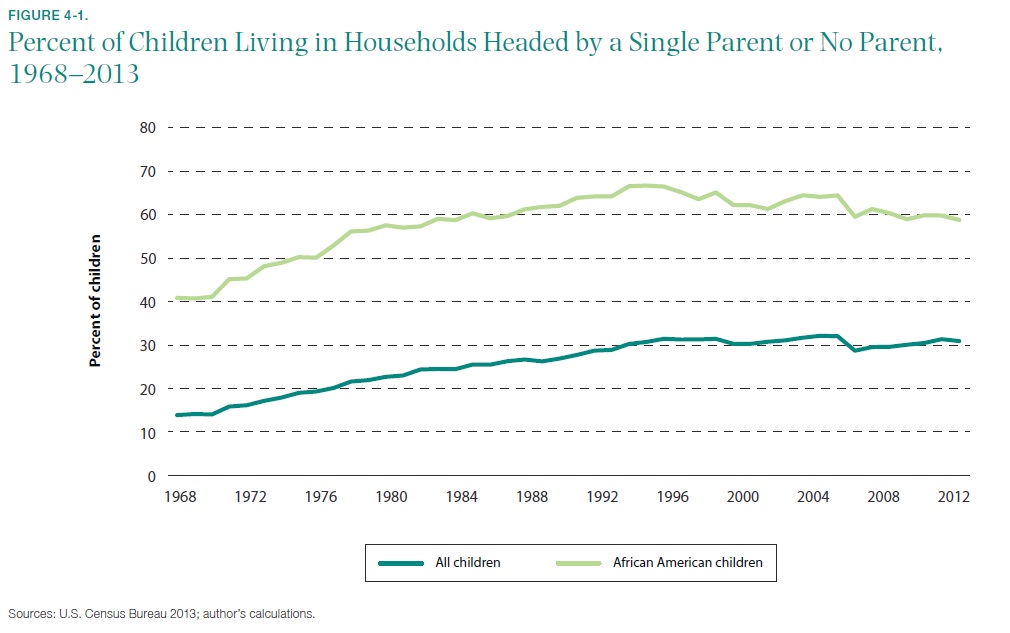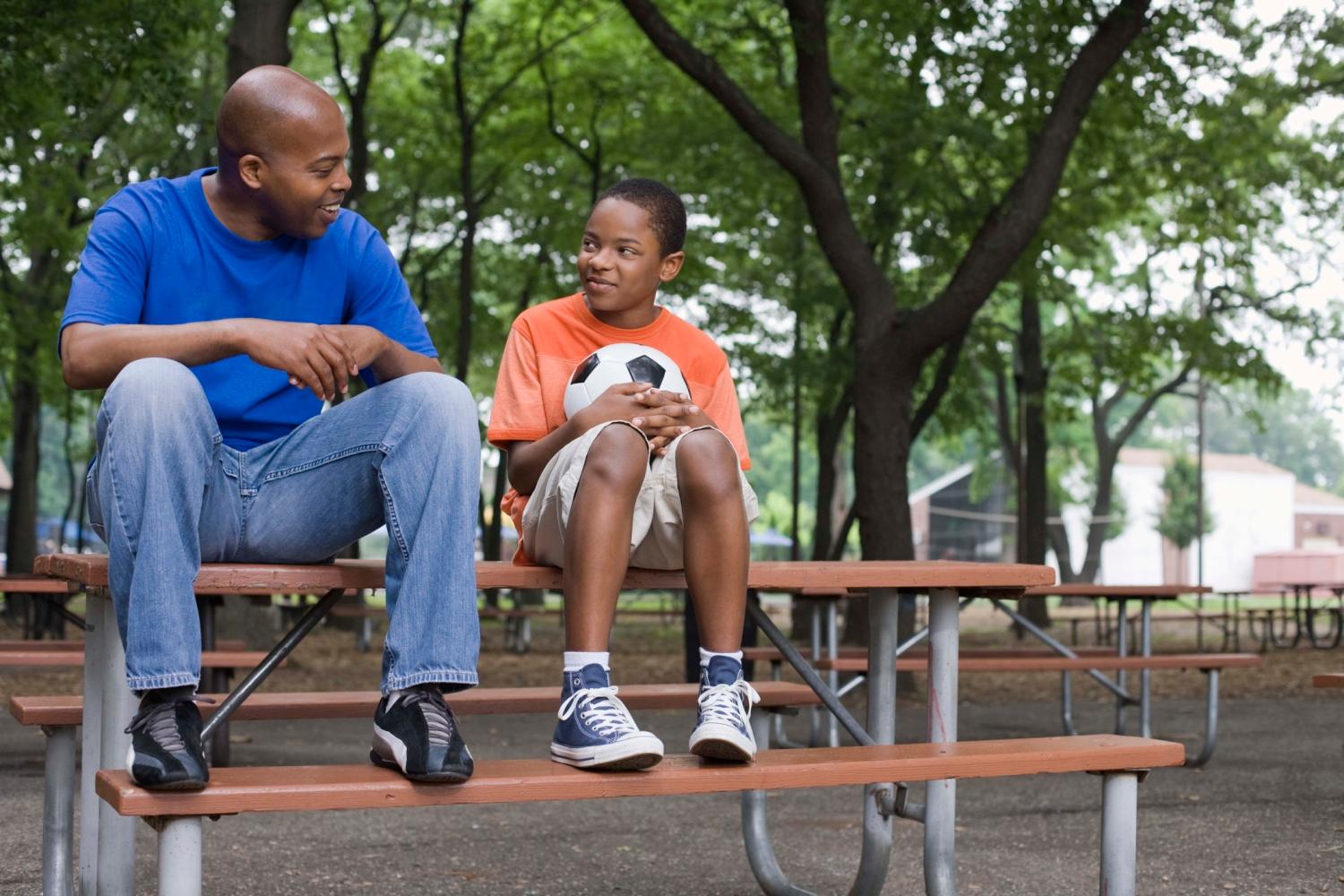The need for mentoring programs is indisputable. Over 30 percent of children live in households headed by a single parent (or no parent), a rate that has doubled over the past forty-five years (see figure 4-1). Six in ten African American children live in households of this type, which actually reflects a slight decline in recent years; this rate has been as high as two-thirds. Estimates indicate that upwards of 9 million children have no caring adults in their lives (Bruce and Bridgeland 2014; Cavell et al. 2009). This policy memo reviews the evidence of success from past and current mentoring programs and proposes ways to move forward that could truly make a difference in the lives of young people by providing them with opportunities that could propel them forward in life.

Although there are 5,000 mentoring programs in this country providing services to 3 million young people (Dubois et al. 2011)—with Big Brothers Big Sisters alone serving almost 200,000 children (Big Brothers Big Sisters of America 2012)—many youth remain unserved. Before we propose expanding mentoring programs to more youth, it is critical that we identify existing programs and the components of those programs that work best. This paper will do that, and then, based on the best available evidence, will argue that community-based mentoring programs in the vein of the traditional Big Brothers Big Sisters model are most effective. I contend that community-based programs should receive additional support of nongovernmental organizations (NGOs)—including nonprofits, foundations, and charitable organizations—as well as private-sector entities. Moreover, I propose that these programs be implemented in accordance with a set of best practices and be rigorously evaluated in order to determine the key components for program success with the goal of designing the best possible interventions for improving the life outcomes of disadvantaged youth.



